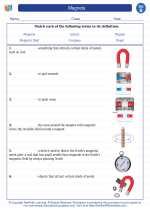Temporary Magnets
Temporary magnets are objects that act like permanent magnets when they are within a strong magnetic field, but lose their magnetism when the magnetic field is removed. They are different from permanent magnets, which retain their magnetism once they have been magnetized.
How do Temporary Magnets Work?
Temporary magnets are usually made of materials that can be easily magnetized when they come into contact with a strong magnetic field, but lose their magnetism once the magnetic field is removed. These materials are often ferromagnetic, meaning they can be magnetized, but do not retain their magnetism once the magnetizing field is removed.
Examples of Temporary Magnets
Some common examples of temporary magnets include iron, steel, and nickel. When these materials are placed within a strong magnetic field, they become magnetized and exhibit magnetic properties. However, once the magnetic field is removed, they lose their magnetism and return to their non-magnetic state.
Applications of Temporary Magnets
Temporary magnets are used in a variety of applications, such as in temporary magnetic fasteners, magnetic clasps, and magnetic tools. They are also used in devices like electromagnets, where the magnetic field can be turned on and off by controlling the flow of electric current through a coil of wire wrapped around a ferromagnetic core.
Study Guide
- What are temporary magnets?
- How do temporary magnets work?
- Give examples of temporary magnets.
- What are some applications of temporary magnets?
[Temporary Magnets] Related Worksheets and Study Guides:
.◂Science Worksheets and Study Guides Second Grade. Magnets
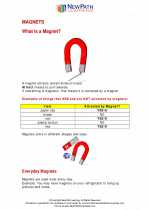
 Worksheet/Answer key
Worksheet/Answer key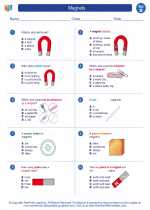
 Worksheet/Answer key
Worksheet/Answer key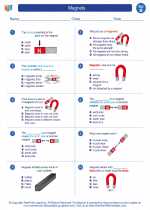
 Worksheet/Answer key
Worksheet/Answer key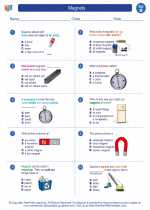
 Vocabulary/Answer key
Vocabulary/Answer key